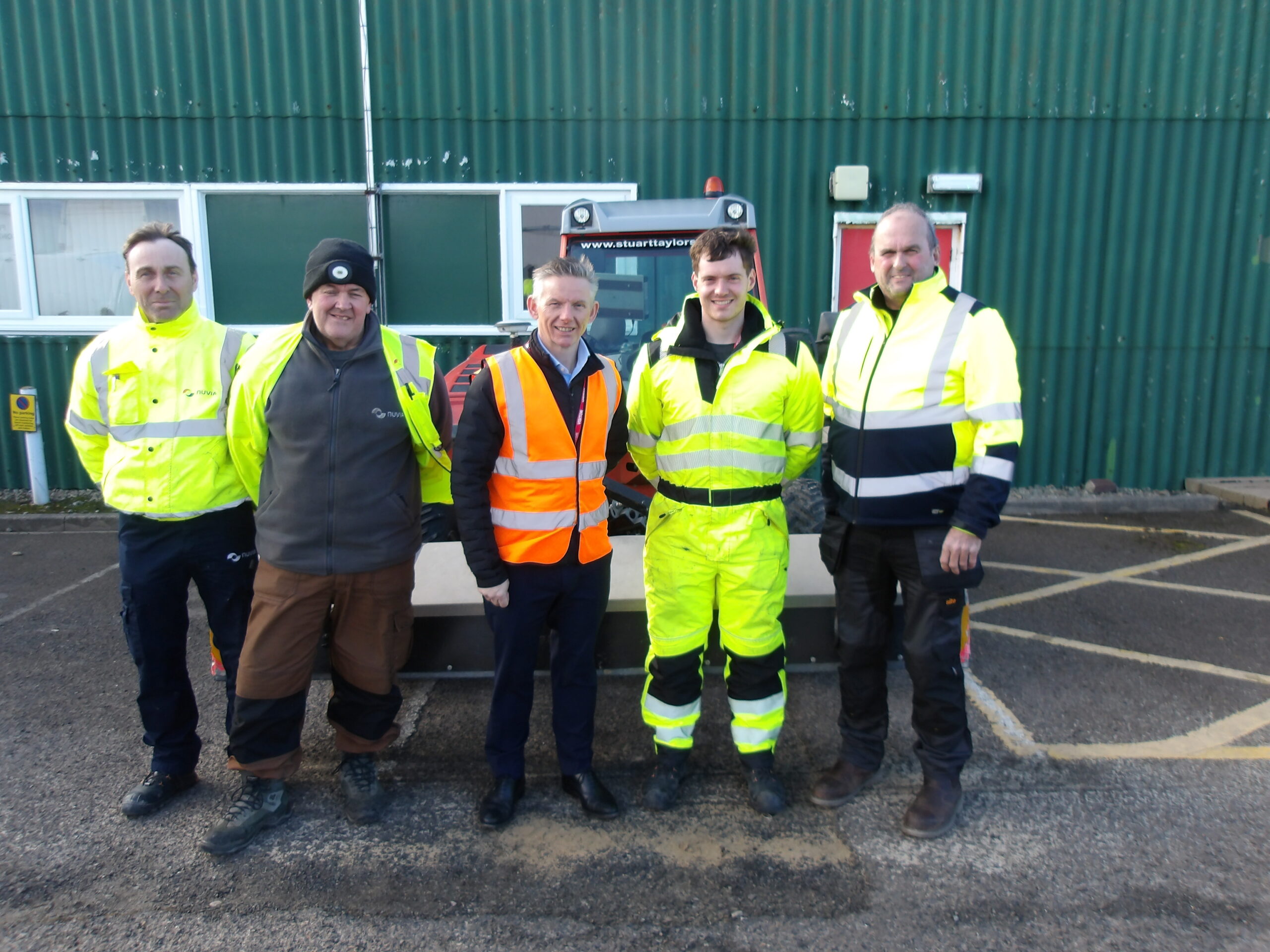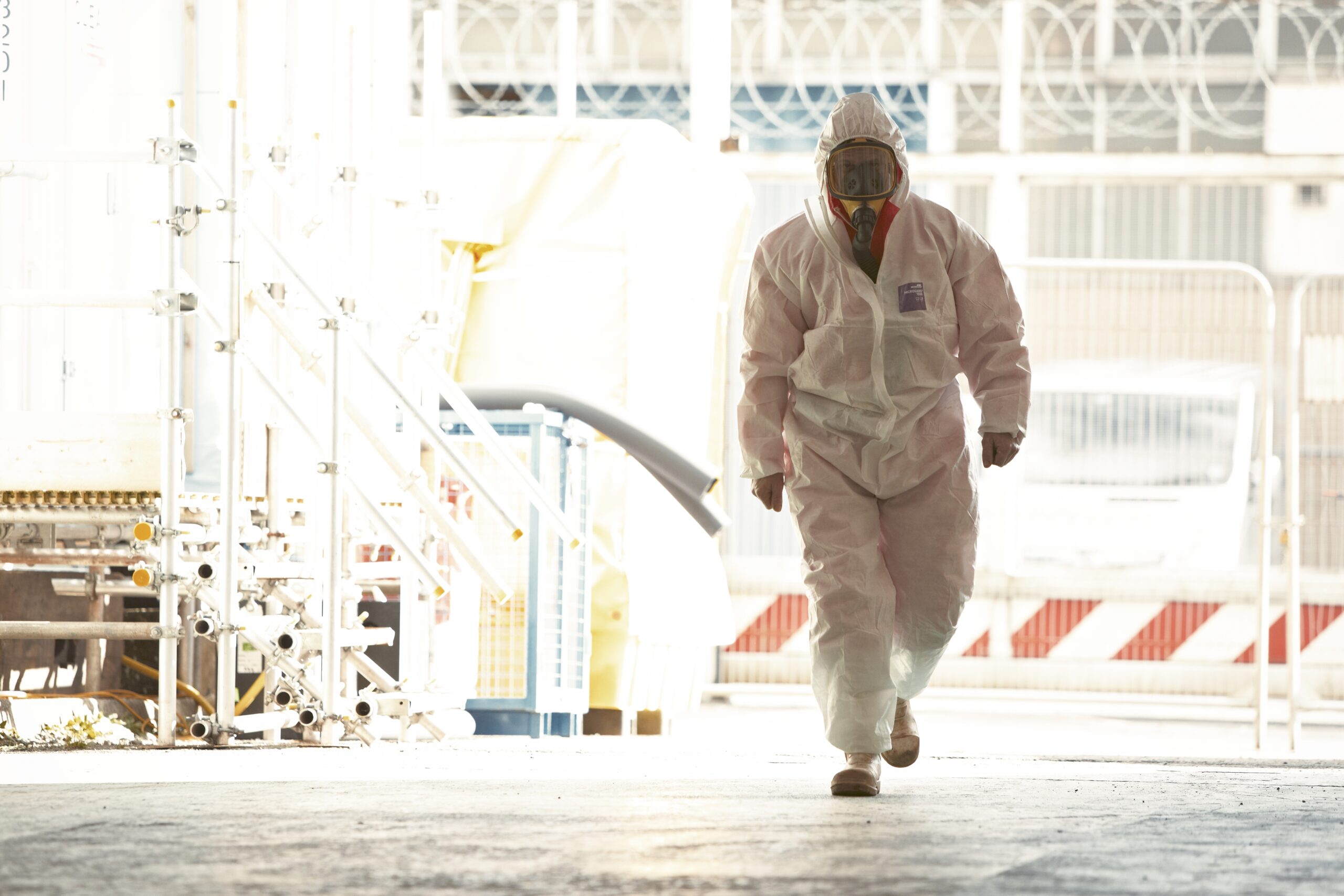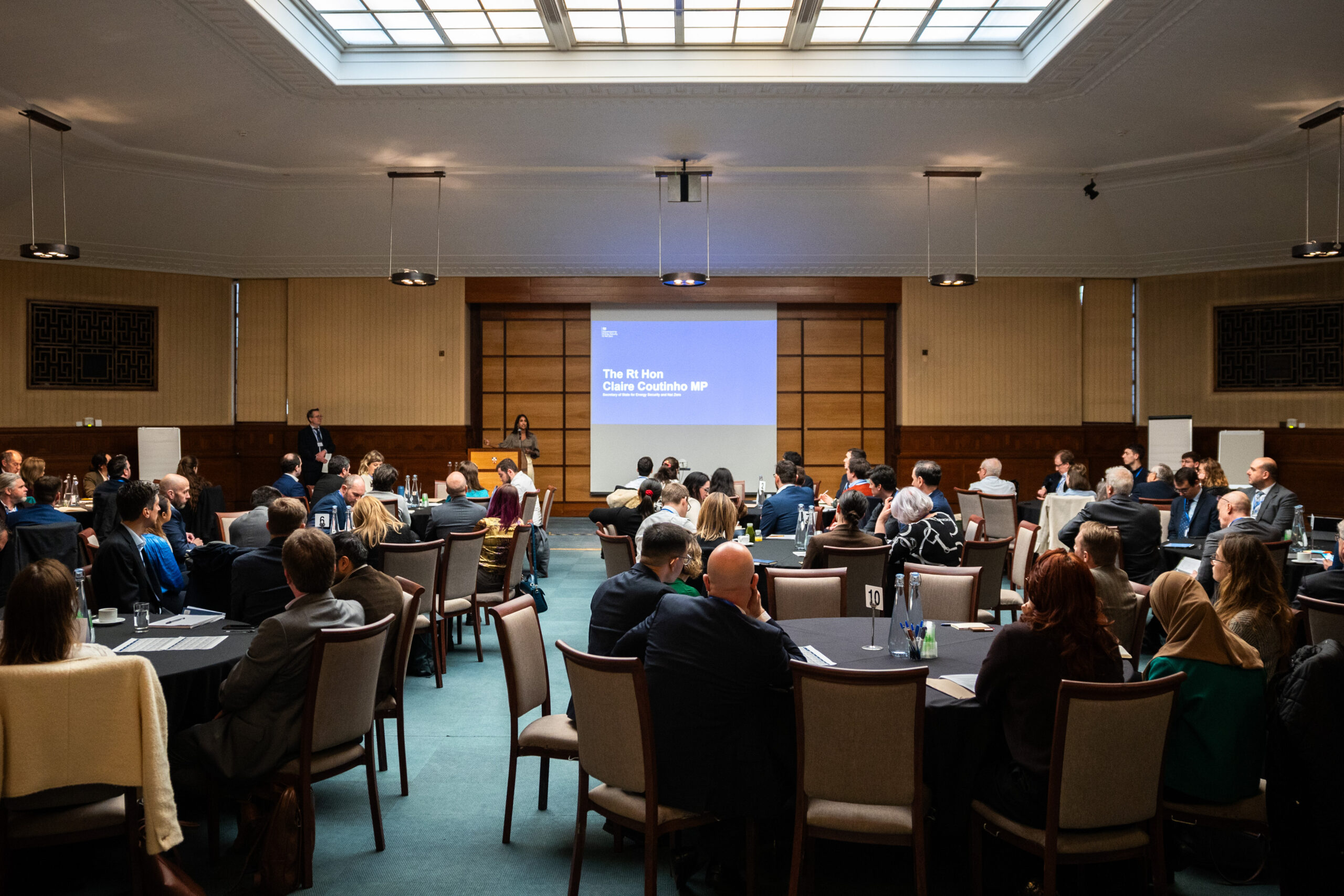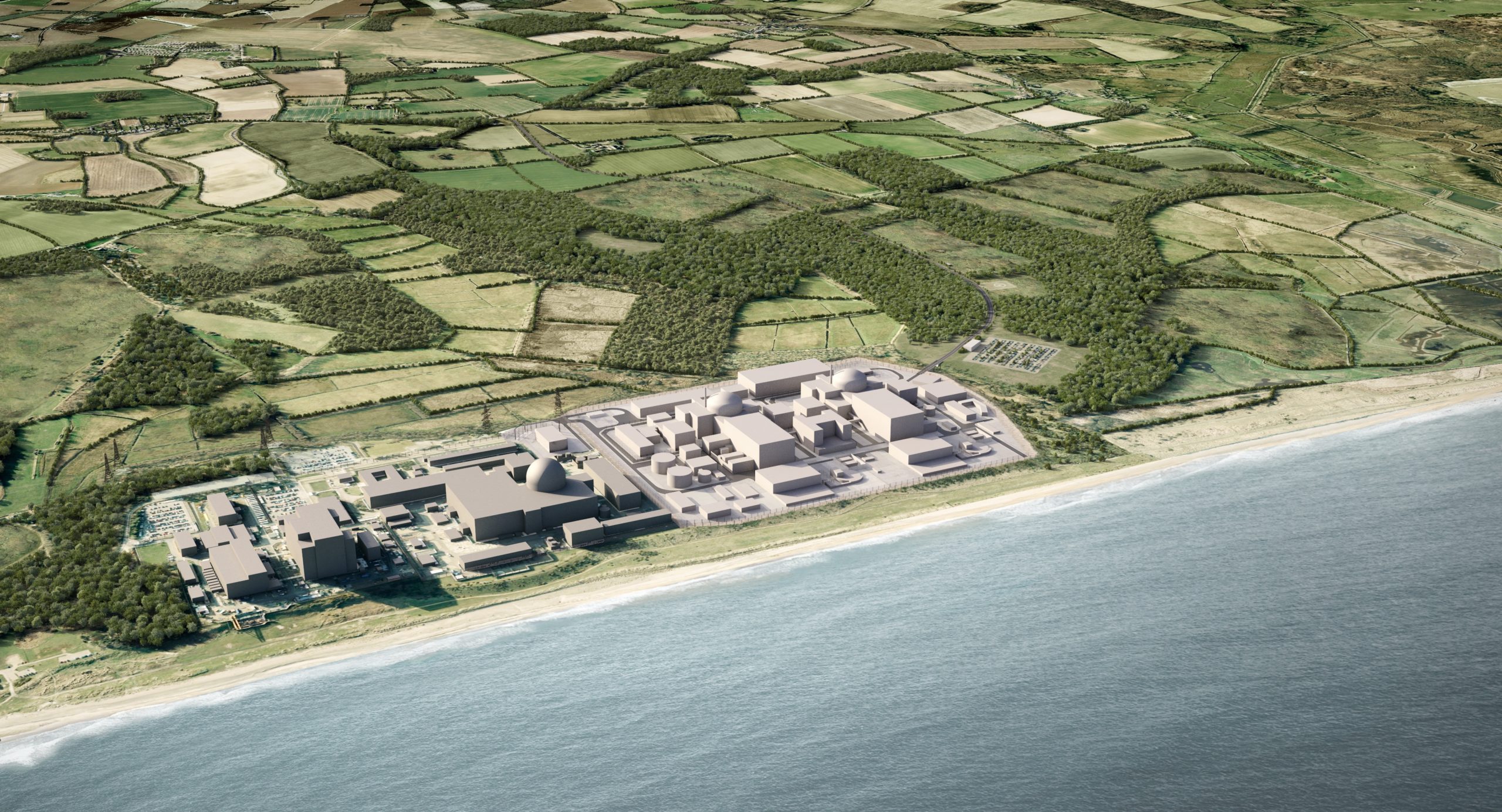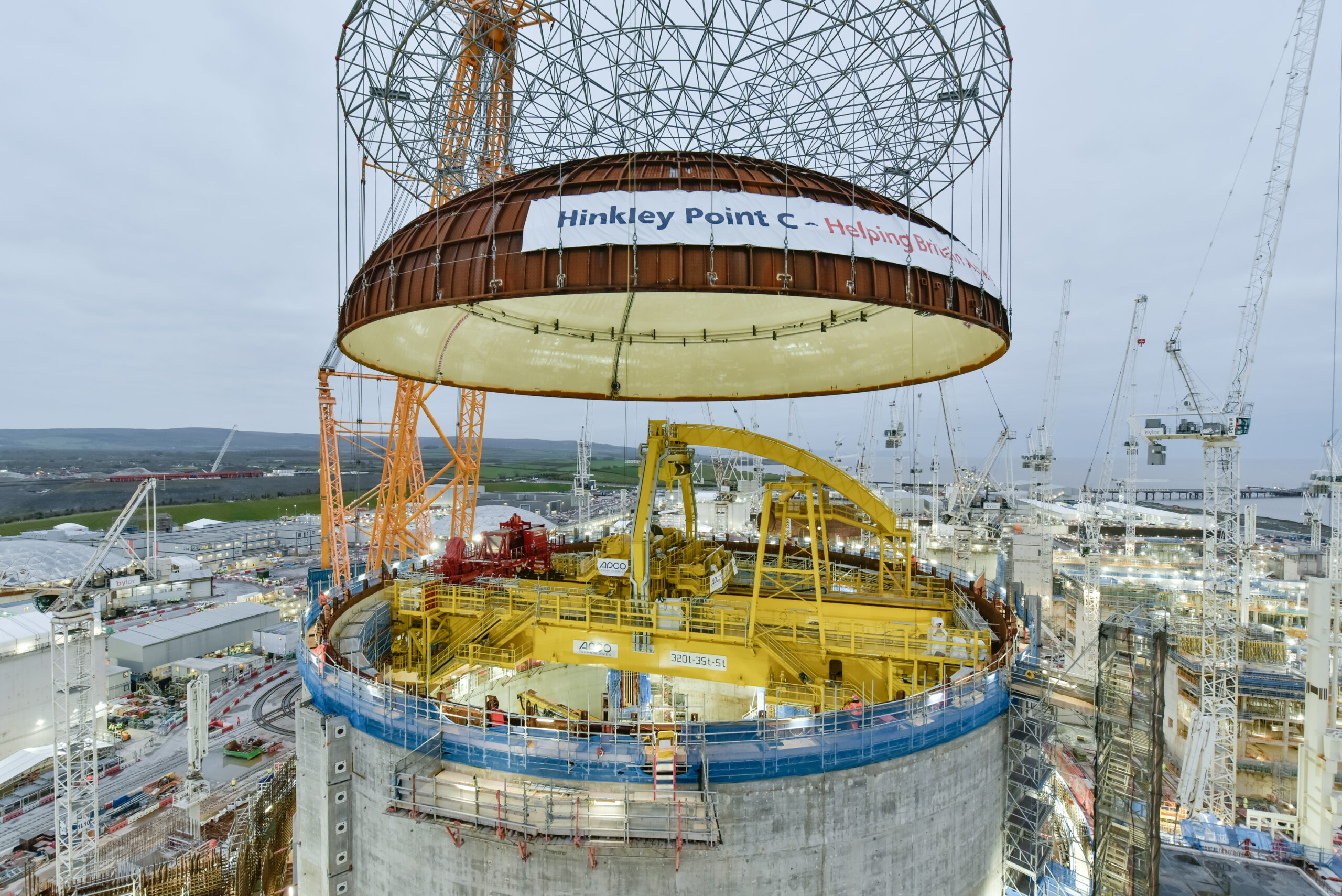Nuclear Industry Association response to the Joint Committee on the National Security Strategy inquiry on Critical National Infrastructure and Climate Adaptation.
The NIA is the trade association and representative body for the civil nuclear industry in the UK. We represent more than 200 companies operating across all aspects of the nuclear fuel cycle. This includes the current and prospective operators of nuclear power stations, the international designers, and vendors of nuclear power stations, and those engaged in decommissioning, waste management and nuclear liabilities management.
Some of our members may choose to make their own detailed submissions so therefore this response should be considered a high-level overview.
Nuclear and Energy Security
The Committee on Climate Change (CCC) has estimated that the UK’s electricity use may be up to four times what it is today in 2050, leaving a significant gap that needs to be filled by clean and low-carbon power if we are to meet these needs while simultaneously building an energy system that we get us to Net Zero.
Nuclear is essential to the UK’s decarbonised electricity mix, currently supplying 20% of electricity demand and nearly a half of our low-carbon electricity. The current fleet has saved more than 1 billion tonnes of carbon emissions over its lifetime. During the challenging circumstances caused by the events of the past few months, nuclear has proven its consistency in keeping the lights on even during adverse events and has showcased its ability to be flexible when necessary.
However, all but one of the current seven nuclear power stations will cease operating by 2030. This is excluding Hunterston B which closed on 7 January 2022 after 46 years of operation.
Planned closures of nuclear reactors were reflected in the most recent DUKES (Digest of UK Energy Statistics) from BEIS[1], which showed nuclear generation was down to 16.1%. While it will rebound slightly next year, in the medium-term, we are losing capacity as old stations retire, and losing it fast.
Nuclear generation will drop away swiftly and will stay low unless we invest urgently in new capacity. Of the UK’s thirteen generating reactors, four will be gone by this summer – two at Hinkley Point B and two at Hunterston B. By March 2024, four more reactors will go, two at Hartlepool and two at Heysham I. These stations have been the most productive low-carbon assets in British history. They were built decades ago yet are still the UK’s leading sources of clean power. In short, these old faithful reactors provide clean, always-on power for which we simply have no replacement.
We don’t just need the power to clean up the grid: we need it for new fleets of electric vehicles, clean hydrogen production, synthetic fuels, and clean home heating solutions. Clean electricity is the essential foundation of our decarbonisation.
A signal of what is it come if interventions were not made immediately came last Autumn when planned closures of nuclear stations and a lack of wind power saw global gas prices, and therefore household bills, skyrocket.
In the long-term, building a new fleet of nuclear reactors will help mitigate similar future events, making the UK less reliant on imported energy from foreign sources and keeping the lights on during periods when the wind doesn’t blow, and the sun doesn’t shine.
Our own analysis found that if the UK committed to building two large scale nuclear stations at Wylfa Newydd and Sizewell, along with a fleet of Small Modular Reactors, it could replace more than 10 billion cubic metres of gas imports.
Climate Adaptation
There are currently seven operating nuclear power plants across the UK that are ran by EDF Energy UK. They are made up of seven Advanced Gas-cooled Reactors (AGRs) and one Pressurised Water Reactor (PWRs). A further two planned nuclear sites (Hinkley Point C and Sizewell C) are updated PWRs.
Both types of reactors have cooling systems that are similar to other thermal-reliant plants. As all current sites are based on the coast, in the cooling process water is taken from the sea and excess heat is absorbed. The water goes through a cooling circuit once before being returned to the sea.
This means that the current nuclear reactors are not affected by the predicted decrease in freshwater levels like 40% of thermal power plants in the UK and are extremely well protected[2].
Of course, being on the coast means that nuclear sites must be assessed for their vulnerability to rising sea levels.
For example, in a 2009 IMechE report[3], sea levels are predicted to rise by 2m in the second half after 2250 which would have significant impact on the Norfolk Broads, London and the Sizewell site if there is no climate adaptation. However, given the 23rd century is far beyond the operation and decommissioning of Sizewell, the Environment Agency concluded that the site may need additional flood protection in the future.
There are also other generic issues these nuclear sites and other coastal infrastructure need to consider, including:
- the rate of material degradation
- the rate of wear and tear of mechanical components
- the severity of loads, including increased wave overtopping and flow velocities leading episodic erosion and damage to structural elements
The Office for Nuclear Regulation has assessed these risks and said: “[the] reliability of infrastructure may be reduced in response to these changes, and new designs and management approaches may be needed. Infrastructure providers are starting to establish a better understanding of these impacts and how to reflect the severe uncertainties associated with climate change within infrastructure investment plans, including the development of adaptative asset management and greater consideration of impact of climate change on deterioration[4].”
A more general risk to all electricity generating sites when considering the effects of climate change is interdependencies. Thermal power stations, including nuclear, are dependent its supply chain for fuels, other essential chemicals, raw materials, wate, a functioning electricity transmission system, routes for waste disposal and access to a range of supporting services, as laid out by the CCRA and in the 2021 Energy UK report on Climate Change Risks and Adaptation Responses[5].
Of course, the UK nuclear landscape may look very different in the next fifty years with advanced nuclear technologies, such as SMRs and AMRs, and fusion power, which will face their own set of risks. The Government and industry must be prepared for these new challenges.
With all that considered, the ONR already requires site holders to demonstrate that their sit is protected against these risks and climate change, and as a recognised world-leader in its activities, we are confident in its ability to successfully assess all UK nuclear sites’ effectiveness in mitigating the effects of climate change.
Therefore, the NIA recommends prioritising further monitoring and integration of climate adaptation practices into the Government’s strategy for Net Zero by 2050 and beyond, as well as continued support for regulators and the Planning Inspectorate who are responsible for implementing such measures across current and future nuclear power sites.
[1]https://assets.publishing.service.gov.uk/government/uploads/system/uploads/attachment_data/file/1023276/DUKES_2021_Chapters_1_to_7.pdf
[2] https://www.ukclimaterisk.org/wp-content/uploads/2021/06/CCRA3-Briefing-Energy.pdf
[3] imeche.org/docs/default-source/1-oscar/reports-policy-statements-and-documents/climate-change—adapting-to-the-inevitable.pdf?sfvrsn=8ab1ce12_0
[4] https://www.onr.org.uk/consultations/2021/external-hazards/ns-tast-gd-013-annex-3.pdf
[5] https://www.energy-uk.org.uk/publication.html?task=file.download&id=7951





